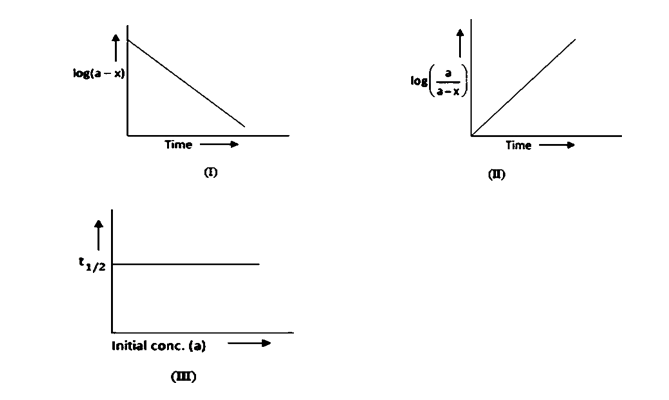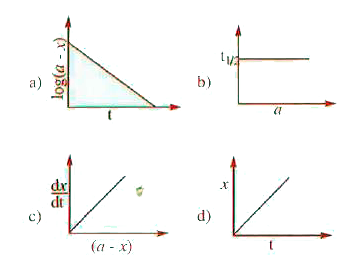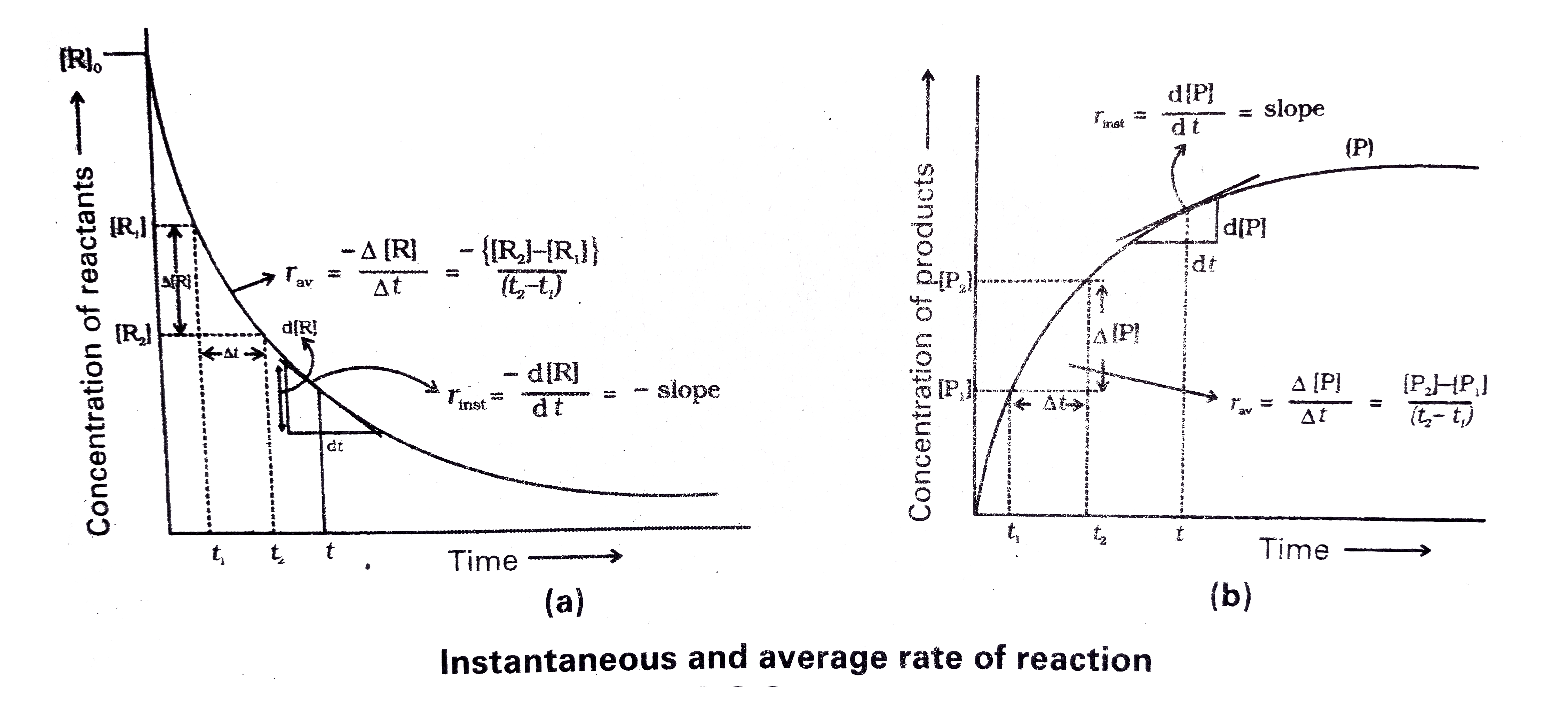Drawn the graphs that relate the concentrations (C ) of the reactants and the reaction times (t) and the concentrations of the products(C ) and the reaction times (t) in chemical reactions . Solution in Telugu
Topper's Solved these Questions
- BOOK - VIKRAM PUBLICATION ( ANDHRA PUBLICATION)CHAPTER - ELECTROCHEMISTRY & CHEMICAL KINETICSEXERCISE - SHORT ANSWER QUESTIONS25videos
ELECTROCHEMISTRY & CHEMICAL KINETICS
- BOOK - VIKRAM PUBLICATION ( ANDHRA PUBLICATION)CHAPTER - ELECTROCHEMISTRY & CHEMICAL KINETICSEXERCISE - LONG ANSWER QUESTIONS12videos
ELECTROCHEMISTRY & CHEMICAL KINETICS
- BOOK - VIKRAM PUBLICATION ( ANDHRA PUBLICATION)CHAPTER - ELECTROCHEMISTRY & CHEMICAL KINETICSEXERCISE - PROBLEMS55videos
ELECTROCHEMISTRY & CHEMICAL KINETICS
- BOOK - VIKRAM PUBLICATION ( ANDHRA PUBLICATION)CHAPTER - D AND F- BLOCK ELEMENTS AND CO-ORDINATION COMPOUNDS EXERCISE - INTEXT QUESTIONS33videos
D AND F- BLOCK ELEMENTS AND CO-ORDINATION COMPOUNDS
- BOOK - VIKRAM PUBLICATION ( ANDHRA PUBLICATION)CHAPTER - GENERAL PRINCIPLES OF MMETALLURGYEXERCISE - DAM SURE SAQ1videos
GENERAL PRINCIPLES OF MMETALLURGY
Similar Questions
What are galvanic cells ? Explain the woriking of a galvanic cell with a neat sketch taking Denicell cell as example.
03:06View SolutionWhat are electro chemical cells ? How are they constructed ? Explain the working of the different types of galvanic cells ?
01:37View SolutionThe standard potentials of some electrodes are as follows. Arrange the metals in an increasing order of their reductiong power.
1)K+/K=−2.93V 2)Ag+/Ag=0.80V 3)Cu2+/Cu=0.34V
4)Mg2+/Mg=−2.37V 5)Cr3+/Cr=−0.74C 6)Fe+/Fe=−0.44V01:03View SolutionSilver atom has completely filled d-orbitals (4d10) in its ground state. How can you say that it is a transition element ?
View SolutionGive examples to differentiate roasting and calcination.
05:31View SolutionIn a first ordr reaction, reactant concentration 'C' varies with time 't' as
03:52View SolutionWrite the equation relating [R], [R]_(0) and reaction time 't' for a zero order reaction. [R]= concentration of reactant at time 't' and [R]_(0)= initial concentration of reactiant.
08:29View SolutionDrawn the graph that the concentration 'R', of the reactant and 't' the reaction time for a zero Order reaction.
03:49View SolutionIn a 1st order reaction, reactant concentration C varies with times t as:
05:25View SolutionFor a zero order reaction, the initial concentration of the reactant =[A]0 and after time 't' from the initiation of the reaction, the concentration =[A] . What will be the nature of the graph of '[A]' vs 't,
02:24View SolutionWhat is slope of the graph of log[A] vs t for a first order reaction, where [A] is the concentration of reactant at any time t during the reaction.
05:25View SolutionPlot a graph of concentration of a reactant at time t, [ (a-x)] against time for a first order reaction .Here a = initial concentration of the reactant an x = change in concentration of the reactant at any time 1 during the reaction.
View SolutionWhich of the following is/are correct for the first order reaction ? (a is initial concentration of reactant, x is concentration of the reactant reacted and t is time)
 06:26View Solution
06:26View SolutionWhich of the following graphs represent a first order reaction (a=initial concentration of reactant, x=concentration of reactant consumed, t=time)
 07:29View Solution
07:29View SolutionC_(o) =initial concentration of the reactant C_(t) = concentration of the reactant at time t, k=rate constant of the reaction. Then the equation applicable for a first order reaction is
View Solution


